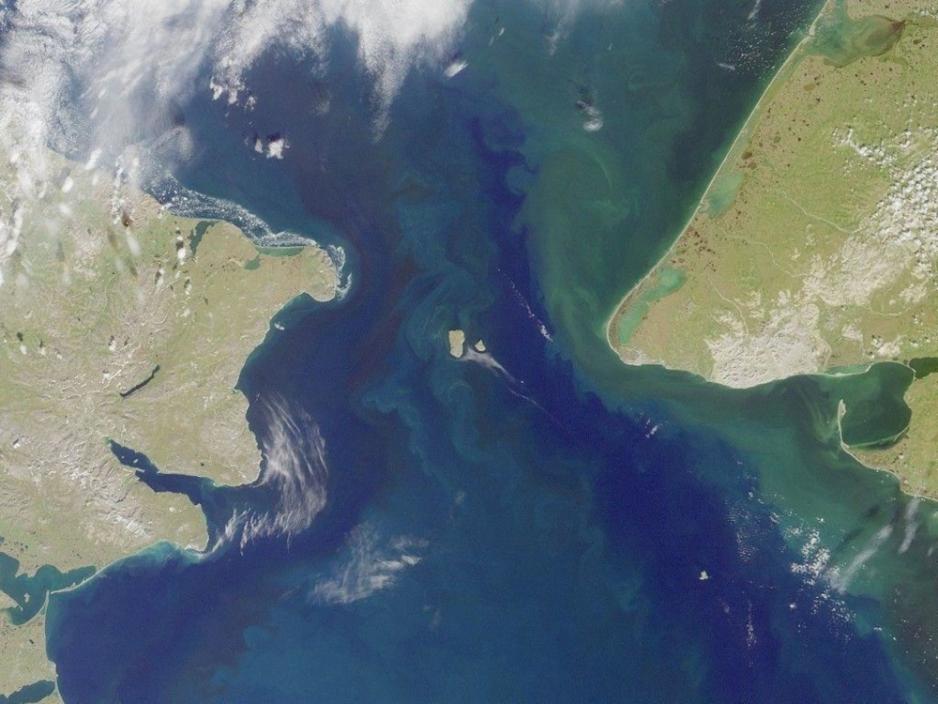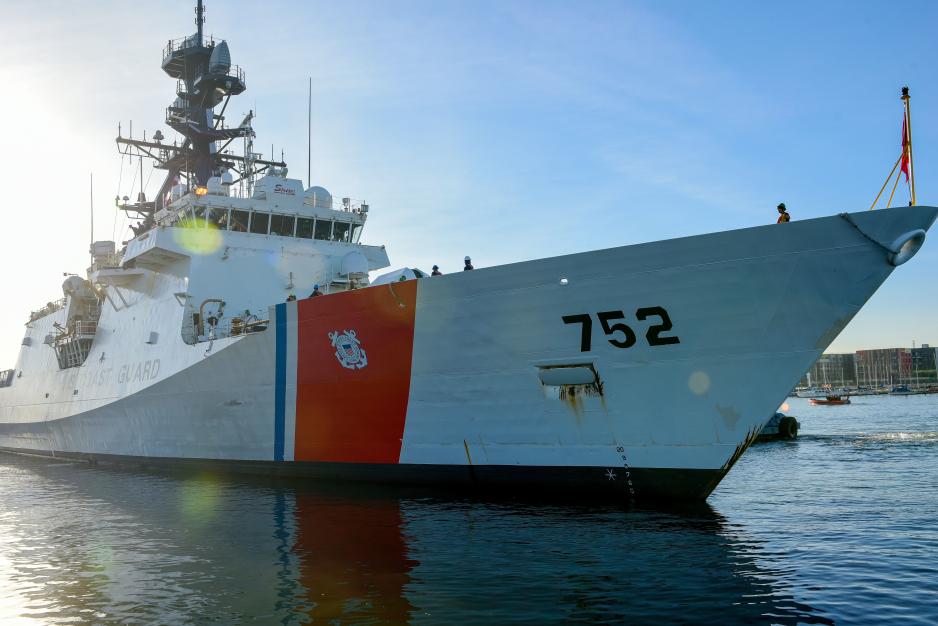US Coast Guard Cutter Returns After 97-day Mission in the Arctic

US Coast Guard Cutter Stratton during this fall's patrol along the U.S.-Russian maritime boundary line, here near the Diomede Islands, Bering Strait, in October 2022. (Photo: U.S. Coast Guard / Petty Officer 2nd Class Melissa Mckenzie).
During a three-month long deployment, a US Coast Guard Cutter has patrolled the maritime boundary line between the US and Russia, as well as U.S.-Canadian MBL in the Arctic Ocean. As more ships and people move into the region, the Coast Guard will be present, says Coast Guard Captain.
"The Coast Guard remains 'Always Ready’ to preserve and protect our northern shores and waters. As more ships and people move into the Arctic, the Coast Guard will be there to ensure safety of navigation and preserve our national sovereignty, as it always has," says Captain Stephen Adler, Commanding Officer on the Coast Guard Cutter Stratton.
USCGC Stratton returned to her homeport in Alameda, California, earlier this month after a 97-day multi-mission deployment to the Arctic Ocean and Bering Sea.
In August, the cutter and crew departed Alameda to project US sovereignty throughout US Arctic waters, provide search and rescue capabilities in the region, as well as meet with communities in Alaska, a press release from the US Coast Guard states.
First joint patrol
During the deployment, Stratton operated repeatedly along the length of the US-Russian maritime boundary line from the Diomede Islands to well above the Arctic Circle. The patrol took place within the US Arctic zone.
In September, Stratton and Coast Guard Cutter Kimball became the first national security cutters to jointly patrol the US-Russian maritime boundary line above the Arctic Circle.
The operational intent was the protection of the sovereign rights of the United States and the promotion of international maritime norms through the Coast Guard's presence and influence in the increasingly strategic and competitive region, the Coast Guard writes.
Stratton also patrolled the US-Canadian maritime boundary line in the Beaufort Sea, also demonstrating a presence in the remote areas of the Arctic.

The Bering Strait is a strait linking the Pacific and Arctic Oceans. The Bering Strait separates the continents of Asia and North America, particularly Russia and the United States. (Photo: NASA).
Lagging behind
The United States' military presence and engagement in both the European and North American Arctic has seen an upswing in recent years. This is particularly linked to American concerns about Russian and Chinese activity in the region.
The US Coast Guard is an active and visible maritime presence in the high latitudes. However, as High North News has recently reported, the Coast Guard's assets in the Arctic region remain limited for the foreseeable future, despite greater policy engagement with the Arctic. In 2019, the US Coast Guard secured funding to build a new class of icebreakers. However, delays in the program now mean that the first new icebreaker Polar Sentinel will not enter service until 2026 at the earliest. The Coast Guard aims to procure between three and five of the new Polar Security Cutters (PSCs).
Both Kimball and Stratton are 418-foot National Security Cutters (NSCs). These ships are among the largest and most technologically sophisticated of the Coast Guard’s white-hull patrol cutter fleet. NSCs are capable of operating in demanding open ocean environments and they routinely conduct operations from South America to the Arctic, where their combination of range, speed and ability to operate in extreme weather provides the flexibility needed to carry out important strategic missions.

The U.S. Coast Guard Cutter Stratton (WMSL 752) prepares to moor at its homeport on Base Alameda in California. The Coast Guard Cutter recently concluded a 97-day multi-mission to the Arctic Ocean and the Bering Sea. (Photo: U.S. Coast Guard / Petty Officer 2nd Class Justin Upshaw).


